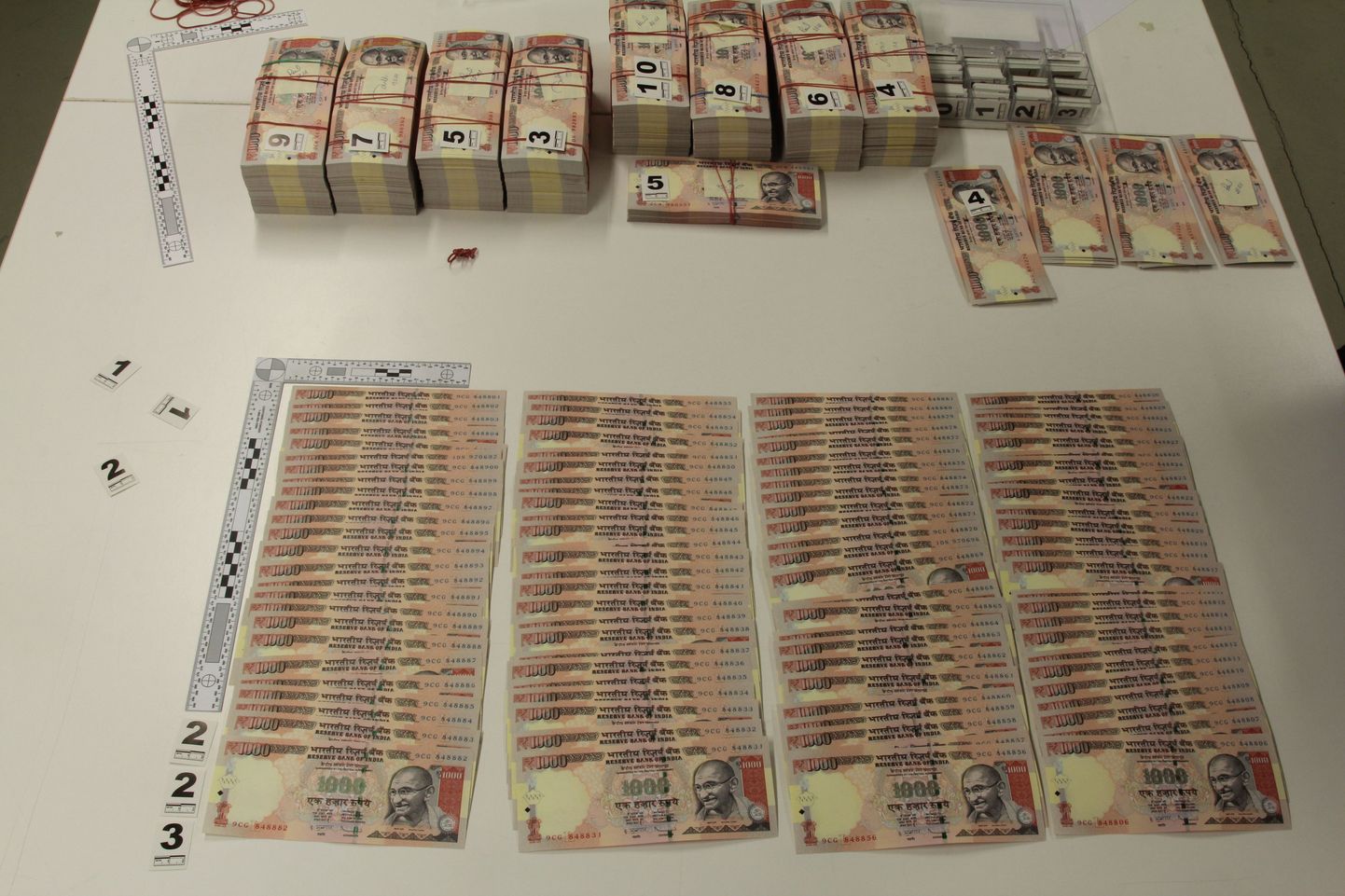Kriiska-Maiväli said that the Indian rupee is as counterfeit-proof as any other currency in circulation. «You need to have knowledge of security elements to uncover forgeries, tell imitations apart from the real thing,» she said.
Clever forgery of rare notes
Northern District prosecutor Meerika Nimmo also acknowledged the quality of the counterfeit notes. «The money was very craftily counterfeit, which is why the crime was discovered some time after the notes had been presented to the currency exchange office. It is also noteworthy that the currency used was the rupee that is not common in Estonia. This is the first time counterfeit rupees have been found in Estonia. Most discoveries concern counterfeit euros, while criminal activity involving counterfeit money is rare in Estonia,» Nimmo said.
Viljamaa did not tell detectives or the court how he got the money. The latter will probably remain a secret as there have been no similar cases in neighboring countries. Harju County Court found Viljamaa guilty of exchanging counterfeit currency, falsification of a document, and use of a falsified document last week. This means that his contract of purchase and sale was also a forgery.
Viljamaa was sentenced to four years imprisonment with a four and a half year probation period. He was also ordered to pay Tavid nearly 134,000 euros. Authorities seized close to 6,400 euros and more interestingly 60 Georgian laris and 102 Transnistrian rubles from Viljamaa.
Tavid and its partner compensated the woman in whose possession the counterfeit money was discovered.
Atonen said in summary that cases like this happen every three-four years. «It was a very costly lesson for us,» he said.

/nginx/o/2016/01/05/4853315t1h2ae9.jpg)